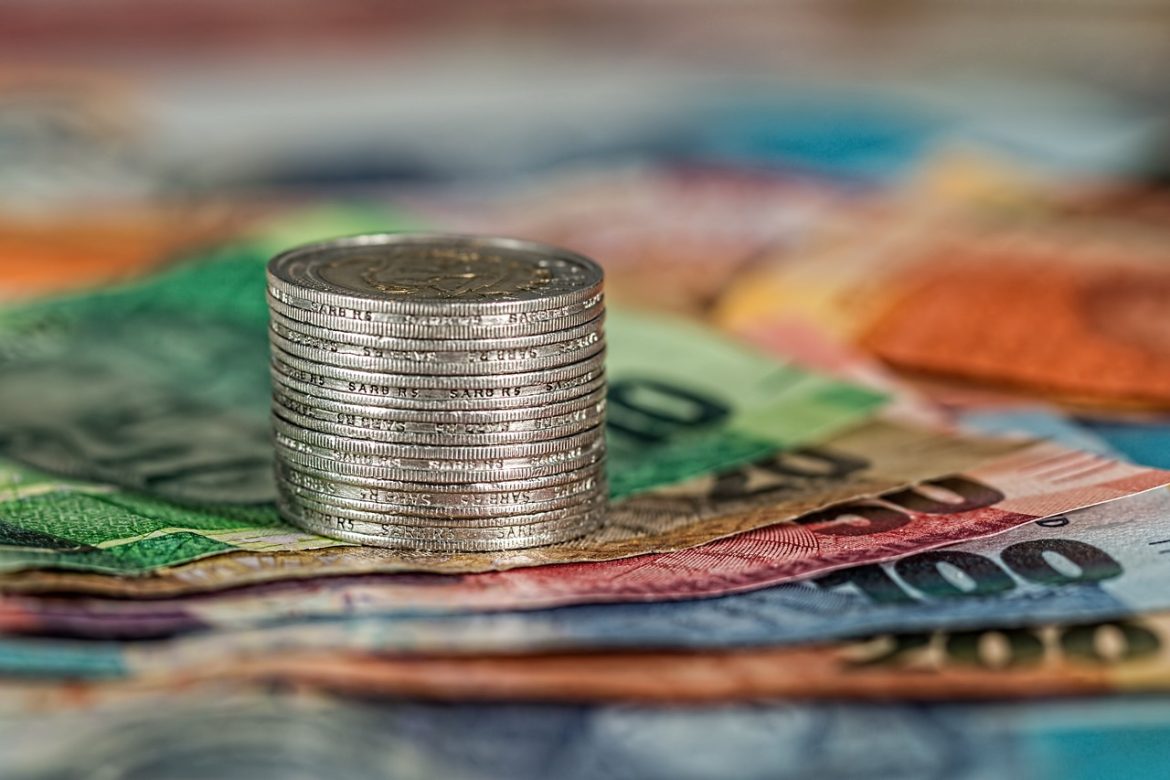Despite the heyday of cashless payments, cash keeps playing an important role in economies, and still seems a rather trivial object to everyday users. However, a deeper look into the essence of banknotes reveals that they are anything but hackneyed; moreover, their design and security bear huge importance for nations all over the world.
We see banknotes every day, get used to them, and eventually stop noticing even the most sophisticated design. Meanwhile, these pieces of paper are not as simple as they seem at first sight: a banknote reflects a country’s history and national pride and is a guarantor of security for cash transactions. Is it possible to combine these two different functions in one small object, though? Yes, and to understand how, let’s hear those who have the most direct relation to cash – its creators and producers.
The banknote: showpiece of a nation
The themes of national banknotes illustrate the diversity of nations, their symbols and cultures, and what best characterises the state. Some notes have become symbols, others are true works of art that are the pride of a whole country. But to reach this stage, they must be secure.
In 2018, Hong Kong faced a 57% rise in fake banknotes and the Hong Kong Monetary Authority decided to update notes in circulation. Designing the new money was another challenge: the small region’s history is as rich as that of the largest countries and is riddled with ideological contradictions. Thus, the authorities faced a double challenge: the new designs had to be not only ideologically neutral but also have features secure enough to ward off criminals.
The solution for such cases lies in the cooperation of authorities and money printers. The former offers the themes for banknote designs, and the latter complements it with protection. Variety and technological sophistication of security features result in a product equally appealing to ordinary citizens and monetary watchdogs. “We put together a top-flight security package that does more than just protects the notes against forgery; it also offers the elements needed to produce an attractive series of banknotes with a coherent design,” explains Clemens Berger, Chairman of the Management Board of Louisenthal, a subsidiary of German security printer Giesecke & Devrient.
The visual design of the notes does not interfere, as the security elements may be embedded in virtually any image. In Hong Kong’s case, the authorities took advantage of this opportunity and used common local cultural elements with a neutral message, such as the famous local geopark and butterflies that inhabit the region. This allowed the notes to retain their status as Hong Kong’s symbols, but with top-notch security; the design, paired with anti-counterfeit features, produced a functional object.
May there be any reason, other than forgery protection, for coupling visual appeal with security? Let’s find the answer with another example.
On guard for national security
For state authorities, anti-counterfeit protection is one of the most important features. By issuing money in circulation, the government vouches for its authenticity. However, criminals never sleep, and some of them still believe that counterfeiting is easier than getting an honest job. And the more unchallenging it is to counterfeit a banknote, the less protected daily transactions become.
In some cases, banknotes can even discredit their country – as happened in Venezuela. After the state economy fell, the national currency collapsed, opening wide possibilities for criminals including counterfeiters. Thus, back in 2017, Paraguay seized 25 metric tons of Venezuelan currency that was to be transformed into counterfeit US dollars. In that case, the paper on which the Bolivars were printed could have been used as a base for fake bills, while the insufficiency of built-in reliable security features could have made the process even easier.
The purpose of safe, secure, and modern banknotes is to prevent similar situations, protect the national reputation, and keep local citizens safe. A prerequisite for this is a controlled high-tech production, advises Henri Rosset, Research Centre Manager at French security printer Oberthur Fiduciaire. “Over the years, innovations have piled up to make notes into unforgeable documents to an unequalled degree. The choice of the substratum, that is to say, the paper, is the first stage. After that, between new watermark technologies, security threads, the technique of the processes, inks, and designs put into effect during the printing of the notes, the placing of holographic or laminated foils, the creation of transparent windows and the post-printing varnishing, there is a multitude of elements that come together to optimise security.”
This industry is real science that employs strict standards and encompasses the widest domains of art and technology, he adds: “A banknote reflects a sum of technical assets and aesthetic approaches. We must never forget that we operate in an industry of expertise. That means we have extremely strong rules to manage products that are unique in their field.”
Despite all the complexity, the efforts are worth it: at stake is not only the safety of a country’s financial system but also national pride and national security.
Minimizing the risk
Many African countries order the production of national currencies abroad. There are several reasons for this, including the security of banknote production and distribution. In some states, levels of corruption and hackers’ activity are still too high to fully trust such a delicate matter to local production.
Here, for instance, is Liberia and a stolen batch of Liberian dollars that magically vanished before reaching the country’s central bank. It was an obvious blow at the national pride, but the national security suffered no less, to the point that the government had to hire Kroll, an American corporate investigation and consulting firm, to manage the risks associated with handling another batch of freshly printed banknotes.
To minimize the dangers associated with the production and delivery of cash, authorities turn to independent money printers. Their industrial process is probably one of the most protected in the world due to the high-risk exposure, including the risk of proximity to money in its very natural form and the high cost of know-how. Consequences of a compromised production can be huge, going from illicit enrichment of individuals to the falling of trade secrets into the hands of criminals. For this reason, secure production and handling are crucial moments in the industry and a cornerstone of trust in money printers.
“Security is naturally tight”, tells Nikki Strickland, head of product marketing at the UK money printer De La Rue. “Kidnapping is a risk to staff and theft is a concern — which means regular spot searches for workers and strict admittance rules through multiple gates after background security checks for visitors. Every note is accounted for each night.” Some companies even go beyond themselves and opt for rigorous formalities of self-imposed extra certifications like the ones from the International Standards Organization (ISO) to manage risks for the producer and its customers better. It is the case for Oberthur Fiduciaire, which has almost a dozen certificates guaranteeing traceability, and quality of the finished product as well as the entire supply chain according to several criteria: anti-bribery, safety, respect for the environment, origin of suppliers, etc. “We believe it is essential to adopt international standards established by trusted third parties. The ISO standards we have in place are, in my opinion, much more relevant than any statements we could make,” explains Thomas Savare, CEO of Oberthur Fiduciaire.
This kind of meticulousness, as well as sophisticated design and complex production, makes it possible to create not just pieces of paper, but true national symbols that carry the pride and confidence of nations. The niche approach applied to the high-volume production reveals the two-faced nature of banknotes as everyday objects and tokens of sovereignty, combining very different functions in one small piece of paper.




